
What causes the green ring around hard-boiled eggs?
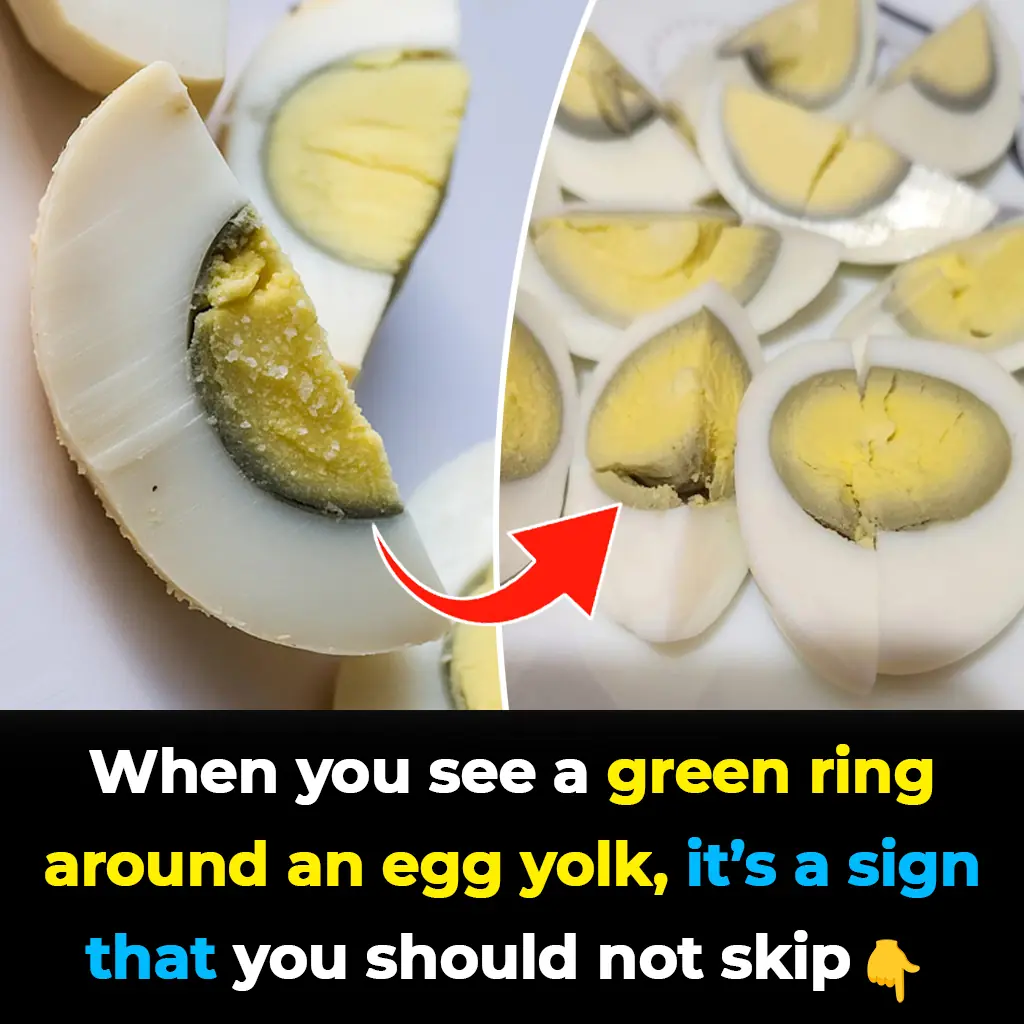
Hard-boiled eggs are one of the simplest foods to prepare, yet anyone who cooks them regularly has probably noticed it: a greenish-gray ring forming around the yolk.
Although the color can look unappetizing, the phenomenon is completely harmless. It has nothing to do with spoilage or poor egg quality. Instead, it is a natural chemical reaction related to heat, timing, and the minerals present in the egg.
Understanding why it happens - and how to stop it - helps you make perfectly cooked eggs with tender whites and bright yellow yolks every time.
1. What Exactly Is the Green Ring?
The green ring (sometimes grayish or olive-colored) that forms between the white and the yolk is caused by the interaction of iron and sulfur naturally present in the egg.
When eggs are overcooked or cooked at too high a temperature, sulfur in the egg white reacts with iron in the yolk to form:
=>>> Iron sulfide (FeS)
This compound has a green-gray appearance.
It forms a thin layer on the surface of the yolk, creating the classic “green ring.”
Once formed, the color is permanent - though harmless.
2. Why Does This Reaction Happen? (The Science)
The green ring appears due to several factors working together:
2.1 Overcooking the Eggs
High heat causes more sulfur to be released from the egg white.
As temperature increases, the sulfur migrates toward the yolk where it meets iron, forming iron sulfide.
This reaction becomes obvious when eggs are:
-
Boiled for too long
-
Boiled at too high a temperature
-
Not cooled quickly after cooking
2.2 Not Cooling the Eggs Immediately
Even after you remove eggs from the pot, they continue cooking internally.
If cooling is delayed:
-
Whites become rubbery
-
Yolk surface becomes green
-
Iron-sulfur compounds intensify
Rapid cooling stops the chemical reaction instantly.
2.3 High Iron Content in Water
If your cooking water contains a lot of iron (well water, mineral-rich water), the reaction becomes stronger, making the ring more noticeable.
2.4 Using Older Eggs
Older eggs have a slightly higher pH in the whites, making sulfur compounds more reactive.
This can improve peeling but also increases the chance of the green ring.
2.5 Long Storage After Cooking
Fully cooked eggs stored in the refrigerator for many days can slowly develop a greenish tint on the yolk surface, even if they were perfectly cooked.
This is harmless and related to ongoing—but mild—iron-sulfur interaction.

3. Is the Green Ring Safe?
✔ Yes — 100% safe.
The egg is still fully edible.
The color change does not mean the egg is spoiled, toxic, or dangerous.
However, it may affect:
-
Appearance
-
Texture (slightly chalky yolk)
-
Taste (slightly sulfur-like)
But from a food safety standpoint, green-ringed eggs are still fine to eat.
4. How to Prevent the Green Ring Around Hard-Boiled Eggs
The green ring is easy to prevent with correct cooking techniques. Below are the most reliable methods used by chefs and food scientists.
4.1 Use Gentle Heat, Not a Rolling Boil
Best method:
-
Place eggs in a pot and cover with cold water.
-
Bring water just to a gentle boil.
-
Turn off heat immediately.
-
Cover and let the eggs sit for:
-
10–11 minutes (large eggs)
-
12 minutes (extra-large eggs)
-
8–9 minutes (medium eggs)
-
This prevents overheating, which stops the iron–sulfur reaction.
4.2 Cool Eggs Quickly (Most Important Step)
After cooking, immediately:
-
Transfer eggs to an ice bath for at least 5 minutes.
-
If no ice is available, rinse under cold running water until completely cool.
Rapid cooling:
-
Stops cooking
-
Prevents sulfur migration
-
Keeps the yolk bright and yellow
4.3 Avoid Overcooking
Don’t boil eggs for 20–30 minutes.
This guarantees a thick green ring and dry chalky yolks.
4.4 Use Slightly Fresher Water (If Well Water Is High in Iron)
If your tap water has high iron levels, use filtered or bottled water to reduce the reaction.
4.5 Cook Eggs in Their Shell (Avoid Cracking)
Cracked shells can allow minerals from the water to enter and enhance the reaction.
4.6 Store Eggs Properly
If storing boiled eggs:
-
Refrigerate within 2 hours
-
Eat within 5–7 days
-
Expect slight discoloration with long storage
Freshly cooked eggs always look the most bright.
5. Professional Chef Tips for Perfect Hard-Boiled Eggs
⭐ Use older eggs for easier peeling
(7–10 days old works best)
⭐ Add 1 tsp baking soda or 1 tbsp vinegar
Improves peeling but shouldn’t affect yolk color if cooled quickly.
⭐ Steam instead of boil
Steaming reduces sulfur compounds and leads to more consistent results.
⭐ Use a timer - never guess
Consistency prevents overcooking.
6. Summary: Why the Green Ring Forms
| Cause | Scientific Reason |
|---|---|
| Overcooking | More sulfur released → reacts with iron |
| No ice bath | Continued cooking after heat off |
| High iron water | Enhances iron–sulfur reaction |
| Older eggs | Higher pH → more sulfur formation |
| Long storage | Slow chemical change over days |
➜ The green ring = iron sulfide, harmless but avoidable.
Conclusion
The green ring around hard-boiled eggs is a harmless but visually unappealing result of a natural chemical reaction between sulfur and iron. While safe to eat, most people prefer eggs with bright yellow yolks and smooth textures.
The solution is simple:
Use gentle heat, avoid overcooking, and cool the eggs rapidly immediately after cooking. With these techniques, you'll consistently achieve perfectly cooked, beautifully colored hard-boiled eggs - every time.
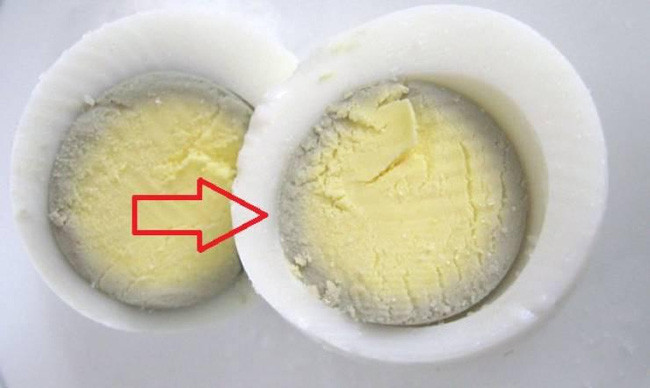
News in the same category

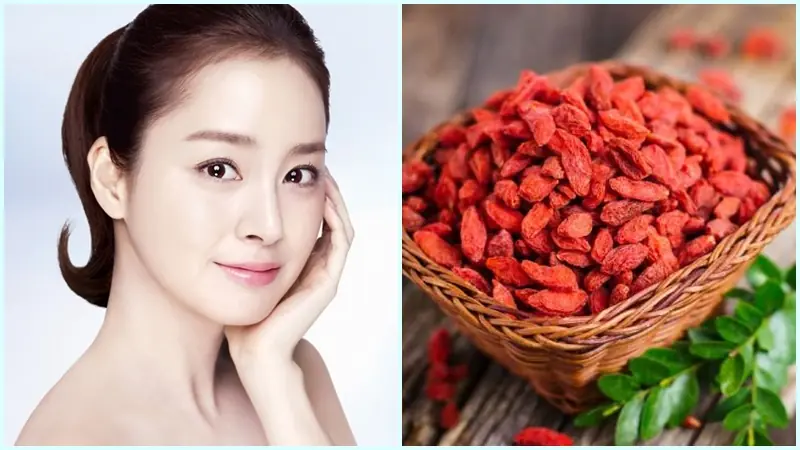
Energize Your Life with the Superfood of the Himalayas!

To prevent colorectal can.cer, you must know this

4 Red Flags Your Brain Might Be in Trouble as Experts Warn Alzheimer’s Can Start Decades Before Symptoms Appear

Why People Develop Strange White Bumps on the Lips or Intimate Areas
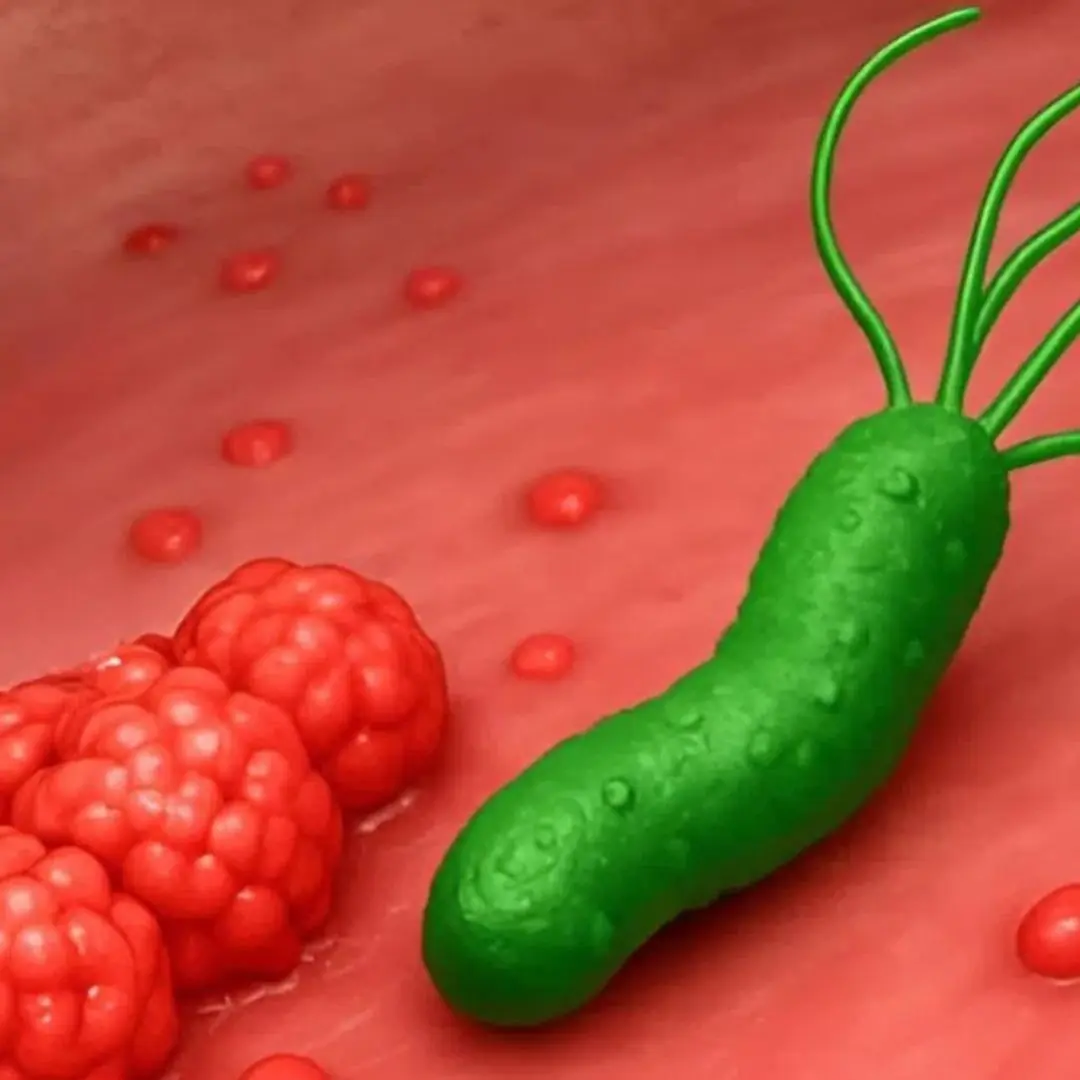
How to ki:ll the bacteria that causes bloating and heartburn
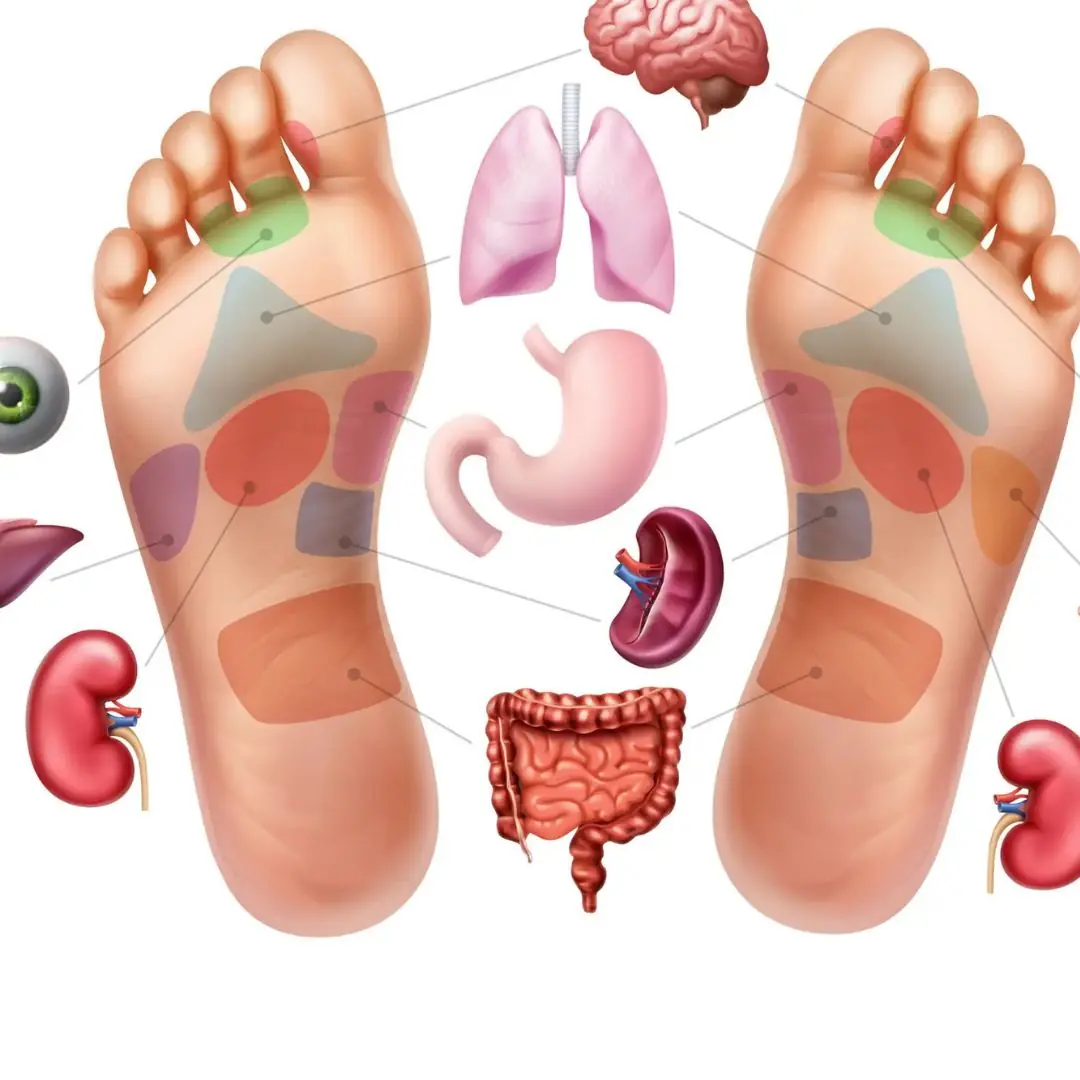
To know if your internal organs are infected, just look at your feet

Doctor Reveals The One Thing You Absolutely Should Not Do If You Wake Up In The Middle Of The Night
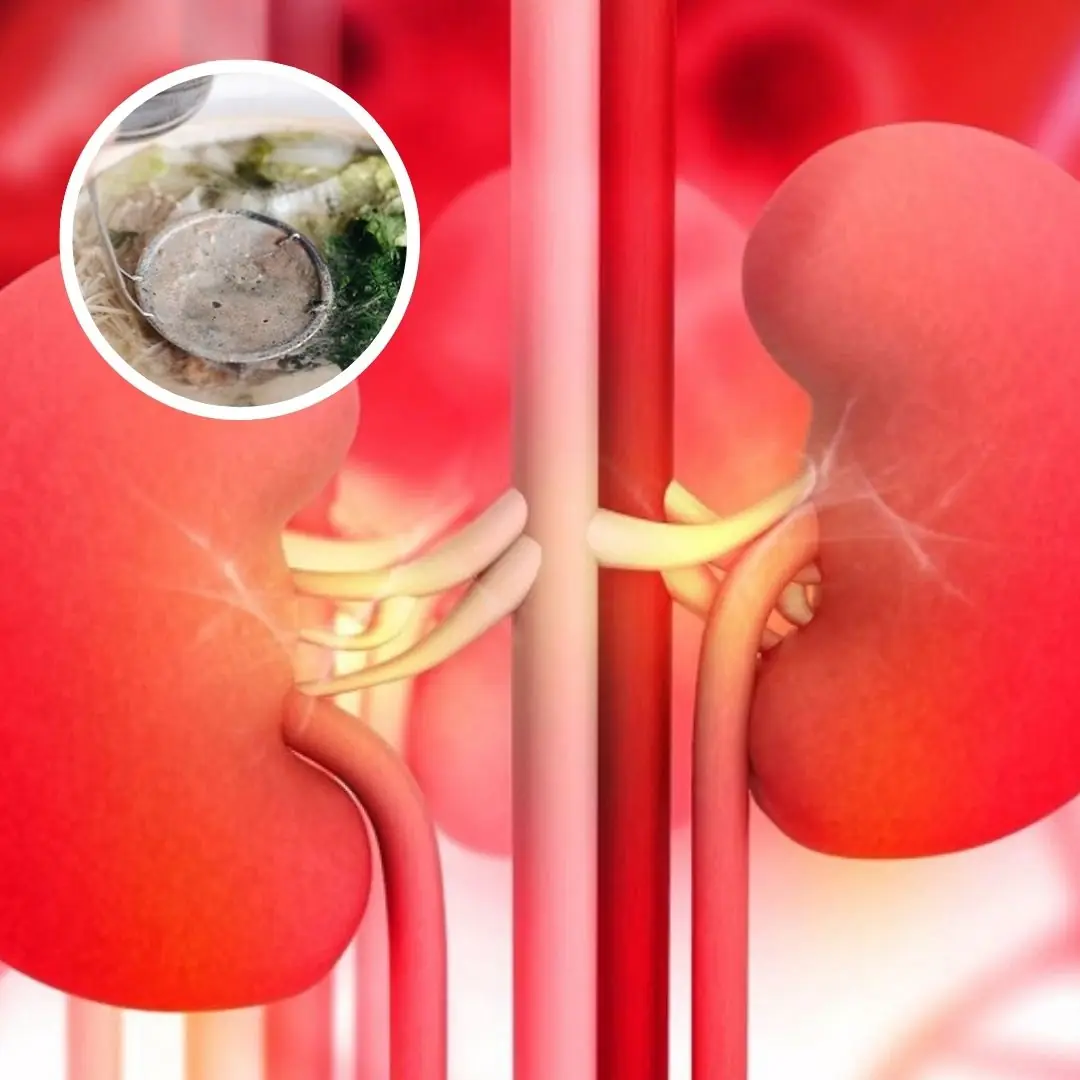
4 Common Breakfast Dishes That Could Be Har:ming Your Kidney Health

Why many experts advise against sleeping with window open
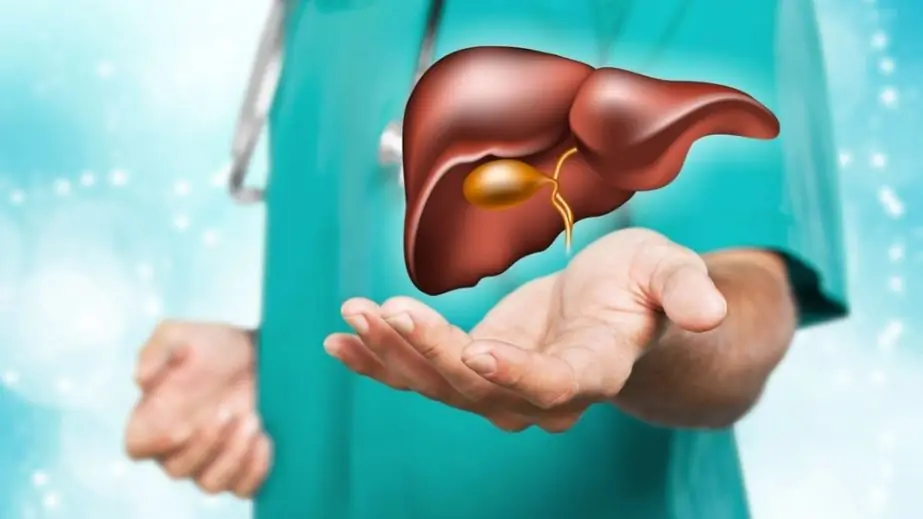
5 Silent Signs Your Li.ver Is in Trouble — and You’re Probably Ignoring Them

7 Alarming Signs Your PCOS Is Getting Worse

5 Fruit-Eating Mistakes That Secretly Harm Your Health

5 Silent Signs Your H.eart Is Crying for Help — But You’re Probably Ignoring Them

Think You’re Eating Enough Protein? 90% of People Are Dead Wrong
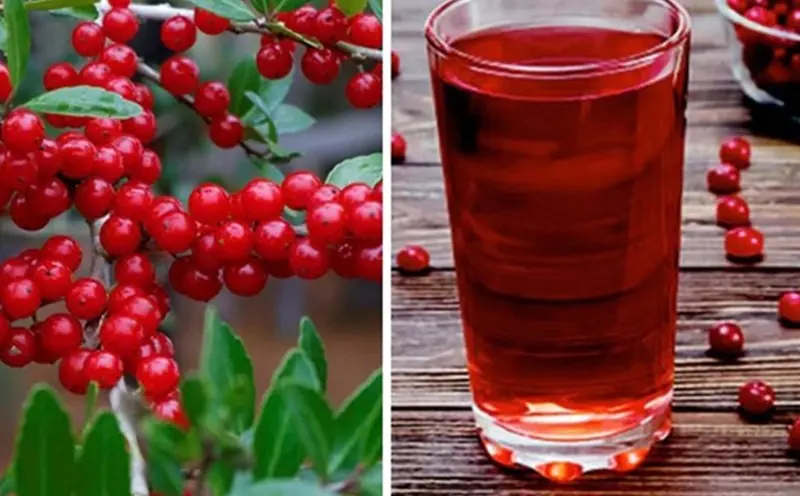
The Ancient Super Mushroom That Heals Your Li.ver and Kid.neys Naturally
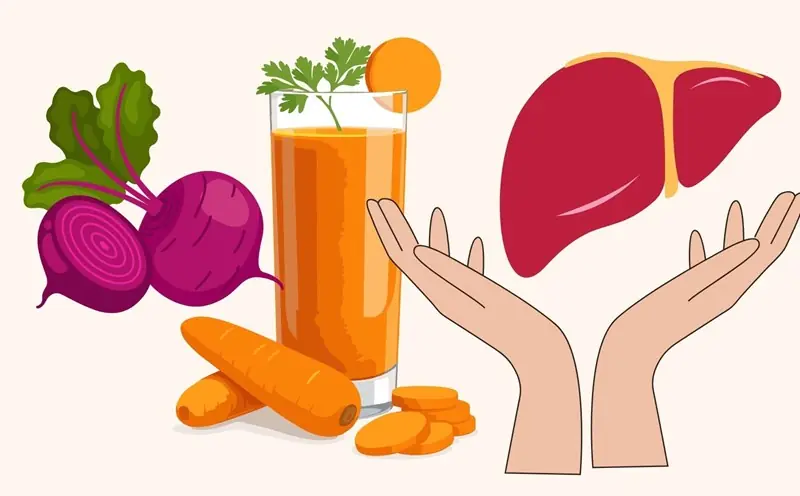
Sleep Your Way to a Cleaner Li.ver: The Nightly Detox Secret
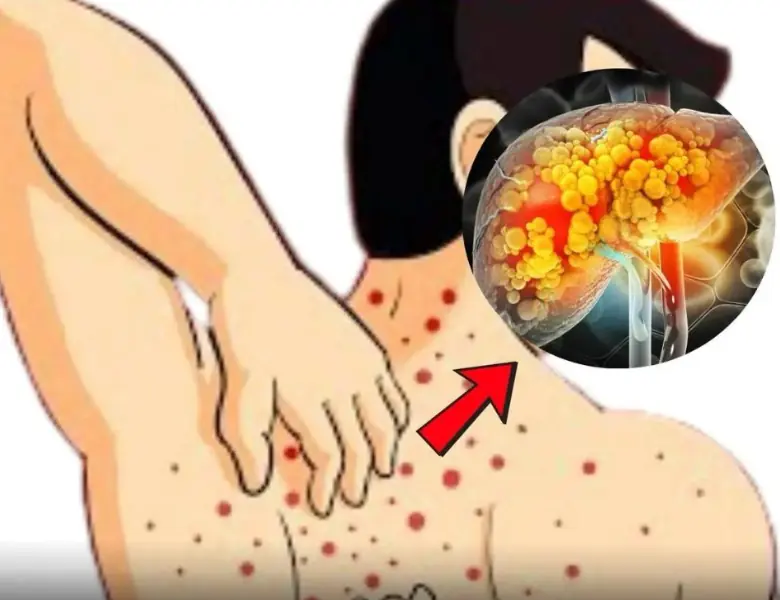
Fa.tty Liver: Causes, Symptoms, Treatment & Evidence-Based Prevention Strategies

Warning: If You Notice This Sign in Your Body, Go to the Hospital Immediately or It May Be Late-Stage Nasoph.aryngeal Can.cer
News Post

Doctors Were Stunned When They Thought the 9-Month-Old Baby Had a Tu.mor in His Mouth

To prevent colorectal can.cer, you must know this

4 Red Flags Your Brain Might Be in Trouble as Experts Warn Alzheimer’s Can Start Decades Before Symptoms Appear

The Hidden Meaning Behind Wearing a Ring on Your Thumb — Few People Know This

Why People Develop Strange White Bumps on the Lips or Intimate Areas

How to ki:ll the bacteria that causes bloating and heartburn

Sea otter mon wrap their pops in a kelp blenket to stop them loating away while she dives for food

To know if your internal organs are infected, just look at your feet

Doctor Reveals The One Thing You Absolutely Should Not Do If You Wake Up In The Middle Of The Night

4 Common Breakfast Dishes That Could Be Har:ming Your Kidney Health

Why many experts advise against sleeping with window open
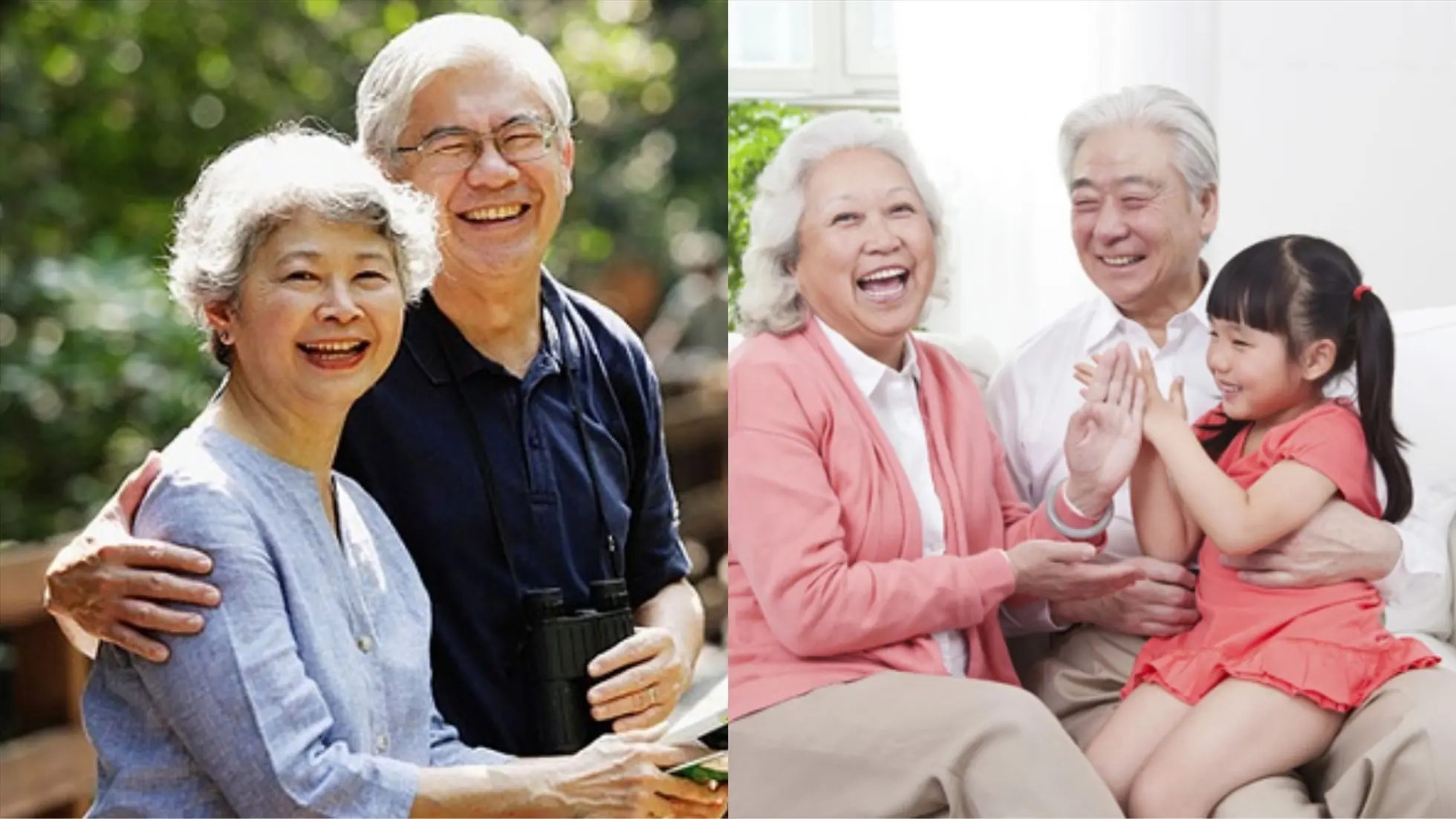
5 Powerful Ways to Stay Vibrantly Healthy in Your 40s and 50s

How to Exercise Without Overloading Your H.eart

5 Silent Signs Your Li.ver Is in Trouble — and You’re Probably Ignoring Them

4 Hair Care Habits You Think Are Helping — But Are Actually Ruining Your Hair

7 Alarming Signs Your PCOS Is Getting Worse

5 Fruit-Eating Mistakes That Secretly Harm Your Health

5 Silent Signs Your H.eart Is Crying for Help — But You’re Probably Ignoring Them
